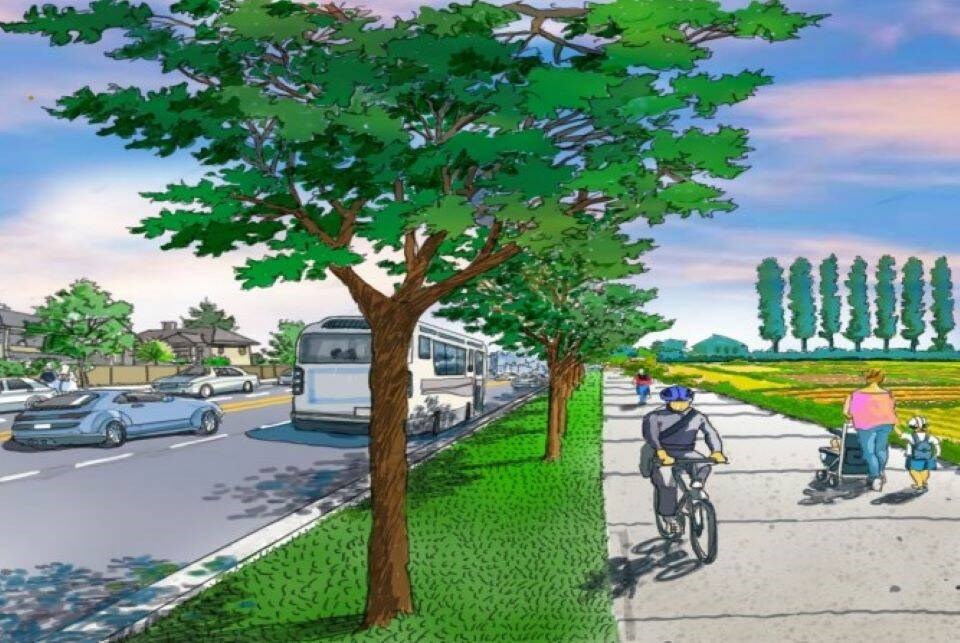Dear Editor,
Re: “5-4 vote quashes Steveston multi-use pathway,” Richmond-News.com, May 24.
Your article repeats uncritically what in my opinion is a misleading view of the Steveston Highway project prepared by city staff.
One question is whether the air pollution from vehicles on Steveston Highway is much worse than it is on the Williams Road alternate route.
World-recognized experts at UBC on the adverse health effects from vehicle emissions looked at the Steveston Highway proposal and said it should be moved to Williams Road.
They debunked the notion that the air pollution is about the same on both routes. The staff assertion that only emissions from diesel trucks matter ignores the fact that the emissions from the 43,400 cars per day that pass by the Steveston Highway and Gilbert intersection are equivalent to 2,284 diesel trucks.
The article neglects to mention that building the multi-use pathway (MUP) requires narrowing the vehicle lanes on Steveston Highway with the assertion by city staff that this will slow down traffic. As anyone who drives Steveston Highway can tell you, narrowing the lanes is a nightmare scenario.
The online article also presented a pretty image of the MUP prepared by city staff showing a wide divider with trees between the MUP and the roadway.
The actual width is one metre. The UBC experts and the U.S. Environmental Protection Agency specify that outdoor physical activity should be kept at least 100 metres from an undivided four-lane highway like Steveston Highway. City staff like to quote Metro Vancouver reports, but neglect to mention that those same reports recommend keeping pedestrian and bicycle paths away from busy roads.
John Roston
RICHMOND



